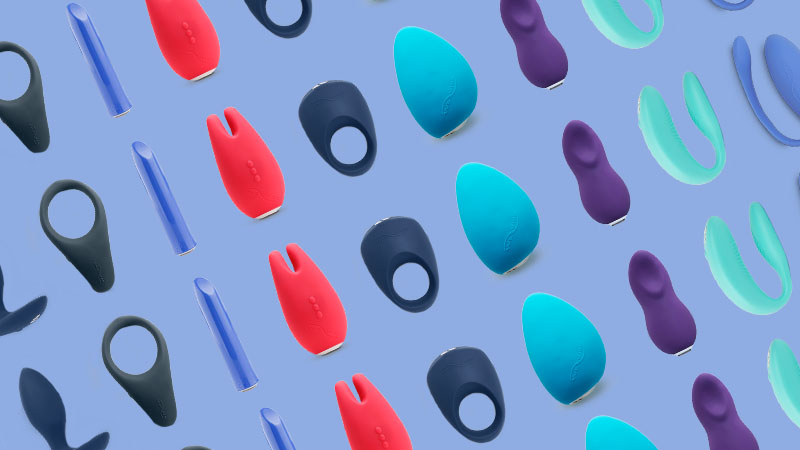Play
Sex Toy Health and Safety 101

From the food we eat, to the clothes we wear, to the cars we drive, we have become increasingly conditioned to ask questions about where the products we buy are from, what they’re made of, and what kind of effects they have—not just on our bodies, but on the environment around us.
There’s one item that many people don’t think to ask these questions about sex toys.
But it makes sense to know as much as you can about your sex toys. After all, it touches (and might enter) the most sensitive parts of your body; like food packaging and food containers, it will be touched by lips and tongues; and, like your mobile phone, there are complex electronics involved.
The truth is, when it comes to the materials and processes used to create them, all sex toys are not created equal. Regulations are less strict in the pleasure product industry than many others, so it’s important for you to get the lowdown on what kind of materials your sex toy is made from.
This is important to consider because different toys are made from different substances—and not all of them are healthy.
It’s best to steer clear of toys made from synthetic rubber, plastic, or jelly. Why? Well, you may have heard about compounds called phthalates and BPAs in the context of food safety (if anyone is ever nervous about drinking from plastic water bottles or microwaving plastic containers, these chemicals are probably the reason). BPA is an industrial chemical that has been used to make different kinds of plastics for decades. Phthalates are chemical plasticizers used to soften plastics (and, as you can probably guess, softness is important when it comes to sex toys, which means that they’re used in many lower-end sex toys). But research has shown that these two compounds can seep into food or beverages and even be released into the air—which has led to them being banned in some products due to their toxicity.
Protip: if your sex toy has that “new shower curtain smell”, it probably contains phthalates, which means it may emit toxic chemicals that could lead to serious health problems.
Ideally, your sex toy should be composed of food-grade or medical-grade substances that are regularly tested and proven to be biocompatible (aka. not harmful to living tissue). Think of it this way: is it good enough to store food? Is it good enough for a doctor to use? Then it’s good enough to give you an orgasm.
Another thing to remember: the design of your sex toy is just as vital to body safety as the material that compost it.
It’s not an accident that most sex toys look sleek and smooth and futuristic. No, it’s not to make them more aerodynamic—it’s to make them more hygienic. Ever try to wash one of those water bottles with a complicated flip-up straw or spout? After a while grime and debris collects in the narrow crevices and becomes impossible to get out. It’s important for a sex toy to be made without joints or small pores that might collect bacteria, and without grooves or canals that are difficult to clean. Squishy sex toys, in particular, have higher levels of porosity, and can invisibly collect unwanted stuff.
Ultimately, washing your sex toy with soap and water should be an easy task—no special tools required.
At the end of the day, whether you’re new to the game or an old pro, it’s important to know how your sex toy stacks up from a health and safety perspective. If you’re into softer, more pliable toys, try something made from silicone, which is hypoallergenic and non-porous. For something a bit harder, try a toy made from a thermoplastic like ABS, which is durable, body-safe, and easy to clean. Alternatively, there are products made of other body-safe materials like glass and steel which might meet your needs.
So, do yourself a favor and read that fine print—from the materials that are used to make it, to the way it’s designed, to the way it’s responsibly manufactured there is much more thought invested in the creation of your sex toy – and your safety – than you might think.

